The Triple Crown isn’t broken. But how we breed horses for it is.
Three races. Five weeks. Different distances, surfaces, and states. No do-overs. No time to recover. That’s the test.
And yet, year after year, people in this business act surprised when their $600,000 colt fades by the second turn at Belmont.
They blame the calendar. Or the weather. Or the spacing between races.
But the problem isn’t the schedule.
It’s the supply chain.
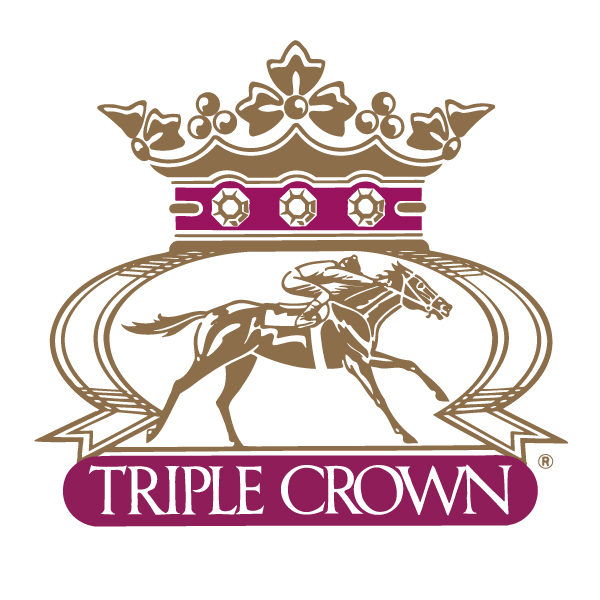
We’ve raised a generation of show ponies, not soldiers.
If your strategy is to raise horses that win once in January and vanish by June, then yes, today’s Triple Crown is too hard.
But that’s the wrong question.
The real question is: What kind of horse are we trying to raise?
Because the Triple Crown is not a photo op. It’s a filter. And it filters for the kind of animal, and ownership, that’s increasingly rare:
Durable. Tactical. Able to handle pressure, ship well and peak again and again.
That kind of horse doesn’t just survive a classic campaign.
It defines one.
Want to win the Triple Crown? Start with smarter breeding decisions.
Every classic contender starts long before the sale ring. The question is: were they bred for this?
Not hype. Not fashion. Function.
Investors don’t need to do the breeding themselves. But they do need to know what questions to ask and what red flags to spot.
Here’s how to get sharper:
- Ignore nick ratings and marketing hype. Look for deeper traits: soundness, scope and mental toughness that actually carry over generations.
- Ask the consignor what the mating was meant to do. Not in theory, but in specific, measurable terms. If they can’t explain why this mating should produce a classic-distance horse, with evidence, not anecdotes, keep moving.
- Think durability over dazzle. The best Triple Crown horses aren’t bought for flash. They’re sound, recover quickly and thrive under repeated pressure at the highest level.
When I design the mating for Animal Kingdom, he wasn’t bred to top a sale. He was bred to handle distance, adversity and competition. And he did.
Don’t just ask, “Is this horse fast?” Ask, “Can it last?”
Too many buyers get seduced by early speed or fast breeze-up times.
But Triple Crown horses aren’t built for flashes. They’re built for campaigns. The real edge comes from spotting durability and development potential early.
Here’s what to look for in a young prospect:
- Review the full vet report—not just the headline. Look for signs of immature joints, repetitive stress or anything that suggests long-term fragility.
- Study how the horse gallops and pulls up. Are they fluid and efficient or stiff and overextended?
- Ask if the horse has been under pressure yet: gate schooling, racetrack paddock exposure, travel. Early stress responses can reveal a lot.
If all you’re buying is early speed, don’t expect it to last through May.
The calendar isn’t your enemy. Entitlement is.
A lot of owners today expect the game to bend around their horses.
They want short campaigns. Light schedules. One prep then the big dance.
But the Triple Crown won’t wait for your convenience.
If a colt can’t handle three Grade 1s in five weeks, then it’s not a Triple Crown horse. Period.
That doesn’t mean every horse should be aimed at it. But if you are aiming, don’t ask for the rules to change.
Instead, reverse-engineer the path:
- Start prepping earlier. Let the horse race into condition.
- Spacing starts to build stamina not to protect a resume.
- Choose spots that challenge the horse, not just flatter it.
The opportunity? Raise legends, not just entries.
This is where smart investors have leverage.
While others chase trendy sires or sales buzz, you can focus on the kind of development that actually creates elite performers.
And when those horses show up? The market knows.
Stud value. Broodmare value. Syndication offers. It all scales with proven durability and class at the highest level.
To get started, follow these 3 steps to raise a Triple Crown-worthy portfolio:
- Work with a strategic breeding advisor, not just a bloodstock agent. Someone who can explain structural and genetic compatibility, not just sales trends.
- Track performance after the sale. Build a database of horses that show toughness, not just precocity. You’ll see patterns others miss.
- Ask the unpopular question: “Can this horse get better in June?” If the answer is no, don’t expect roses in May.
Final word: Don’t downgrade the test. Raise better horses.
We don’t lower the rim in the NBA Finals.
We don’t shrink the field for the U.S. Open.
So why are people trying to make the Triple Crown easier?
The answer isn’t to soften the challenge.
It’s to breed, raise and condition horses who can pass it.
And that starts with investors who ask better questions, Ones who think beyond the sale ring.
This game doesn’t reward convenience.
It rewards conviction.
And the Triple Crown doesn’t need to change.
We do.

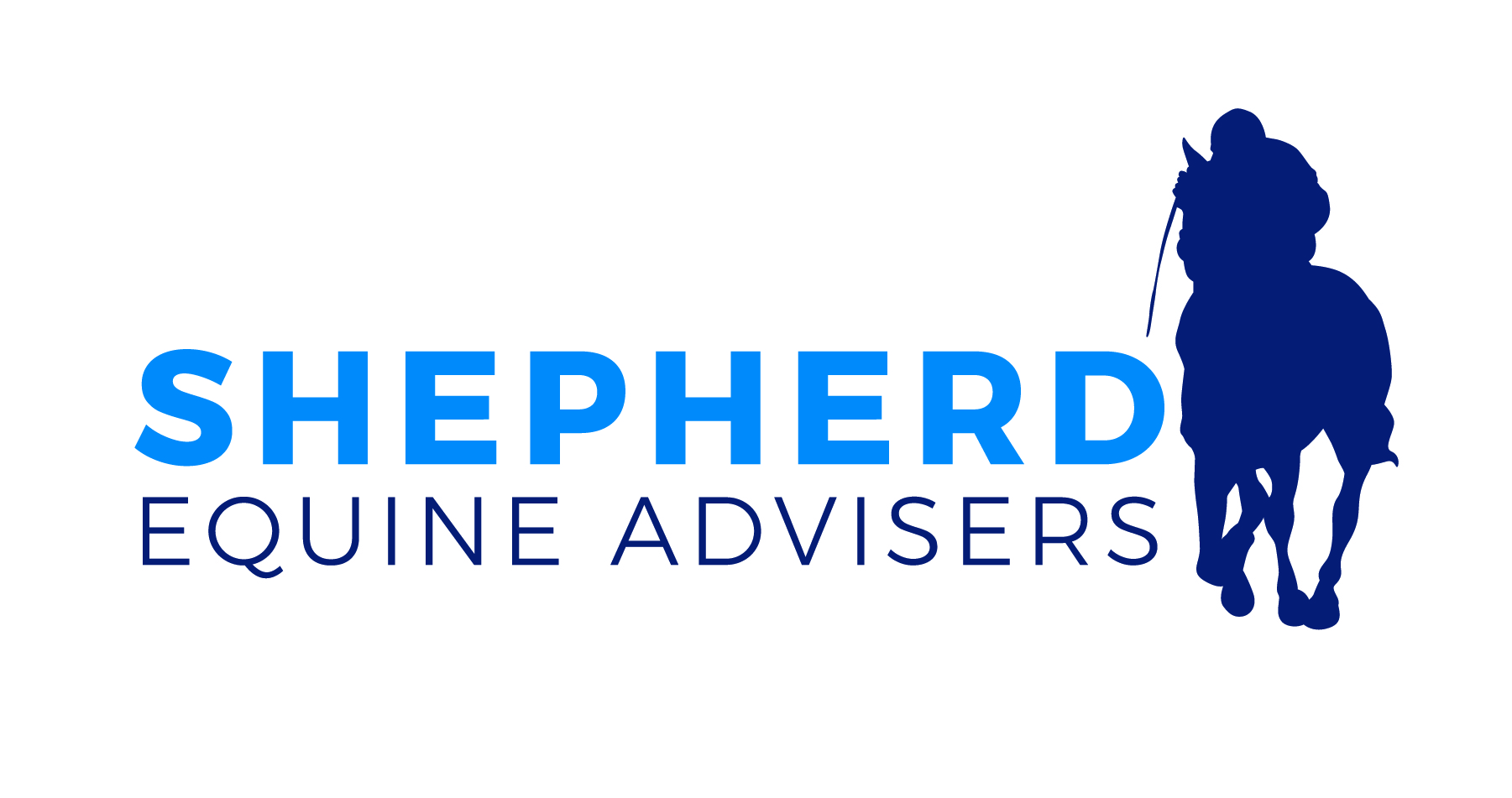
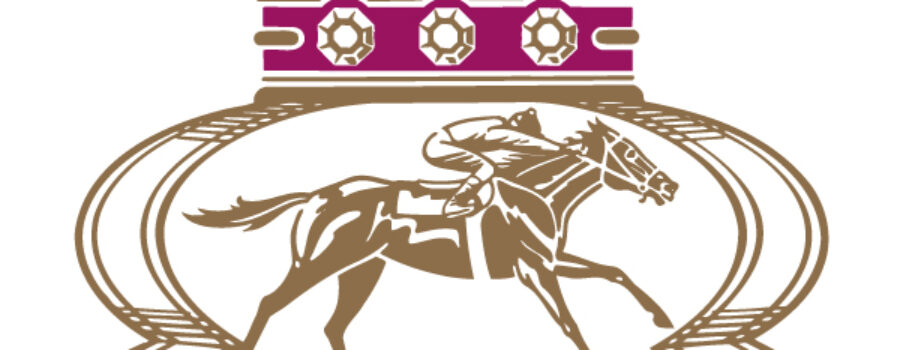

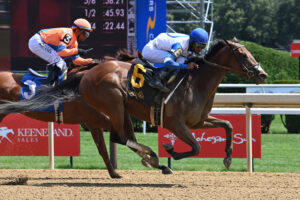
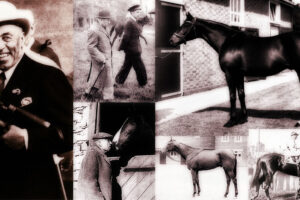

Recent Comments